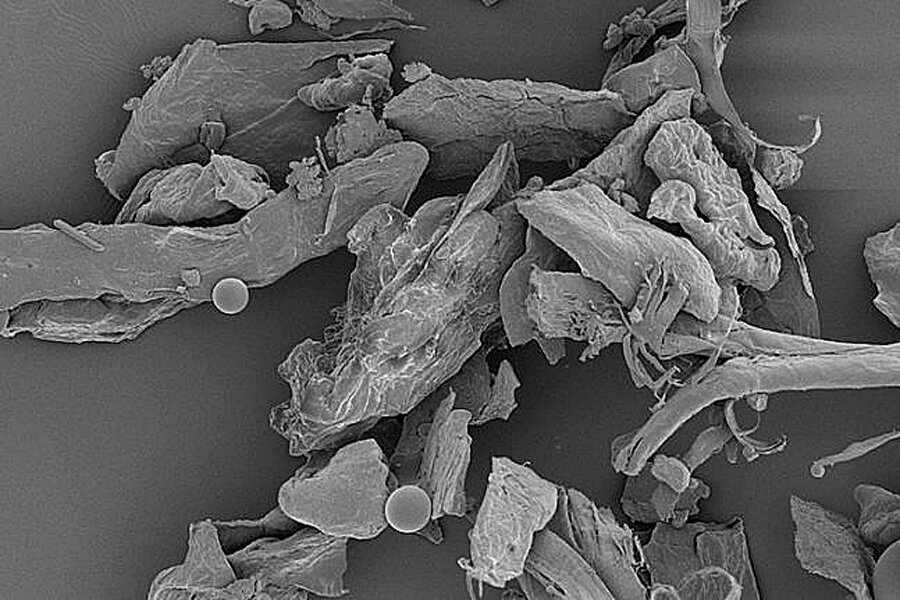Tiny specks of dust hold big clues about a home's occupants
Loading...
What does the dust in your home say about you?
That’s what scientists at the University of Colorado Boulder and North Carolina State University set out to answer, studying samples from around 1,200 homes across the US.
“We spend the majority of our lives indoors; yet, we currently lack a comprehensive understanding of how the microbial communities found in homes vary across broad geographical regions,” the researchers reported in an article published Wednesday in the journal Proceedings of the Royal Society B.
What they found confirmed the long-held notion that the dust we see is in fact a plethora of various types of microbes – on average, more than 5,000 different species of bacteria and around 2,000 species of fungi.
But it turns out that dust may also be able to reveal identifiable information as well, such as the geographic region of the home, gender ratio of residents, and whether any pets are living there.
The idea is that whoever is living in the home will have an intrinsic effect on the types of bacteria produced. “Homes with only male occupants, for example, will have a different bacterial makeup than those with both male and female occupants,” according to the study.
Due to the amount of fungi blown in from outdoors, geographic location is also singled out as “the best predictor of fungi in your home,” said Noah Fierer, an associate professor of ecology and evolutionary biology at CU Boulder, in a press release.
For example, a residence based in the upper Midwest would bring in different fungi from one in the Southeast, he explained.
“One of the key takeaways is that if you want to change what you breathe inside your house, you would either have to move very far away or change the people and the pets you live with,” said Albert Barbarán, another researcher in ecology and evolutionary biology at CU Boulder and lead author of the study, in the release.
The team hopes their findings may help aid future forensic investigations and allergen research.






